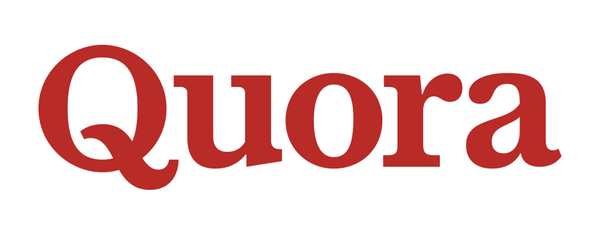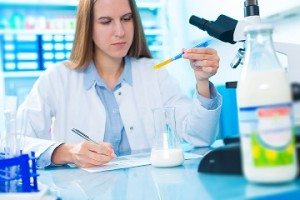An estimated 10% of medicines and medical products in low- and middle-income countries are either falsified or substandard, killing hundreds of thousands of patients and wasting billions of dollars each year, according to new research published by WHO.
Driven by demand, falsified or substandard medical products including antibiotics, cancer treatments and diabetes medication make their way onto the market in countries around the globe, meaning that many patients are taking medicine that cannot treat or prevent disease, WHO said.
The agency said it has received 1,500 reports of these products through a global surveillance program established in 2013, split almost evenly between generic and patented products.
Two British universities used WHO data to estimate that up to 169,000 children die each year from pneumonia and as many as 158,000 more die from malaria due to falsified or substandard antibiotics or antimalarials. These medications not only lead to treatment failures, but also contribute to antimicrobial resistance.
In a telebriefing, WHO experts said fixing the problem will take more political will in the form of human and financial resources to translate policies and strategies that have been agreed upon at the global level to sustainable actions on the ground.
“Substandard and falsified medicines particularly affect the most vulnerable communities,†WHO Director-General Tedros Adhanom Ghebreyesus, PhD, MSc,said in a statement. “This is unacceptable. Countries have agreed on measures at the global level — it is time to translate them into tangible action.â€
WHO published data on reports filed through the Global Surveillance and Monitoring System for substandard and falsified products from July 2013 through June 2017. Most of the reports — 42% — came from sub-Saharan Africa, with another 42% originating in either the Americas or Europe. More than 36% of the reports involved either antibiotics or antimalarials, the two most commonly reported drugs.
WHO said the data likely represent only a small fraction of the overall problem. For example, it said, only 8% of the reports came from the Western Pacific, 6% from the Eastern Mediterranean and just 2% from the Southeast Asia region.
Michael Deats, WHO expert on medicine safety and diligence, said access and affordability are two factors that allow fake medical products to make their way to patients. He noted a 2015 outbreak of meningitis C in Niger that resulted in a vaccine shortage, leading to supplies of fake drugs when the country turned to wholesalers in neighboring countries to fill the gap.
“If there’s insufficient product on the market, within days the vacuum is filled with falsified versions,†Deats said during the briefing. “Sometimes it’s about access and sometimes it’s about affordability, but not always. Sometimes it’s about governance.â€
Malaria medication made up nearly 20% of all products reported through the WHO surveillance program, and antibiotics accounted for almost 17%. Anesthetics and painkillers, lifestyle products including cosmetics, erectile dysfunction drugs and bodybuilding or diet products, and cancer medications were also commonly mentioned.
Deats said the problem of falsified and substandard medical products is widespread in Africa but can be found in most places. “The equivalent of a street market in Africa is an unregulated website in a high-income country,†he said. “This affects all parts of the world.â€
The financial toll is also significant. A WHO study based on more than 100 published research papers estimated a 10.5% failure rate in all medical products used in low- and middle-income countries at a cost of around $30 billion.
“These are approximations because we do not have reliable data,â€Â Suzanne Hill, BMed, PhD, director of the WHO Department of Essential Medicines and Health Products, said during the telebriefing. “One of the points we want to make in this report is that we need better data from countries on how much they spend on pharmaceuticals.†– by Gerard Gallagher


